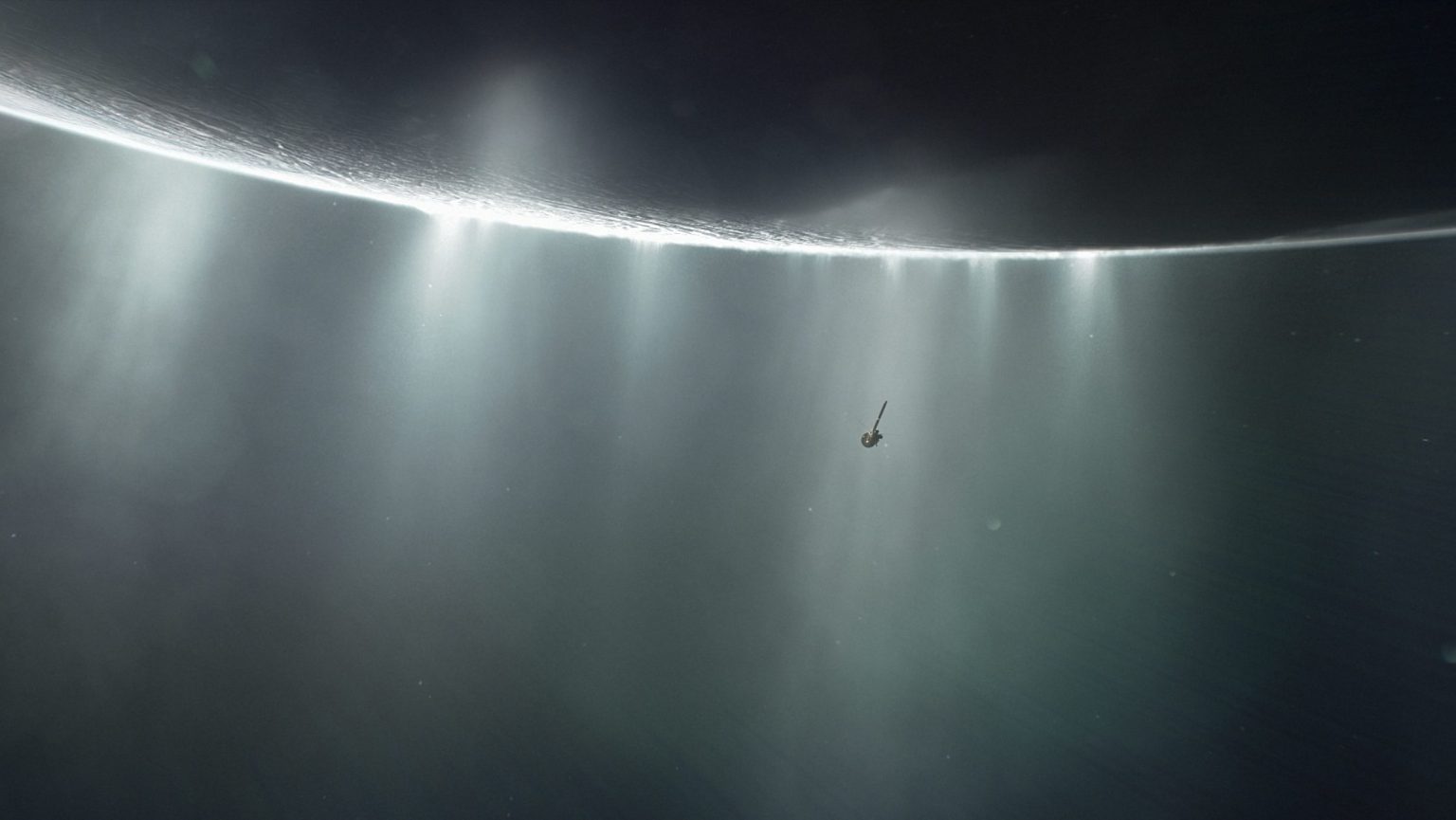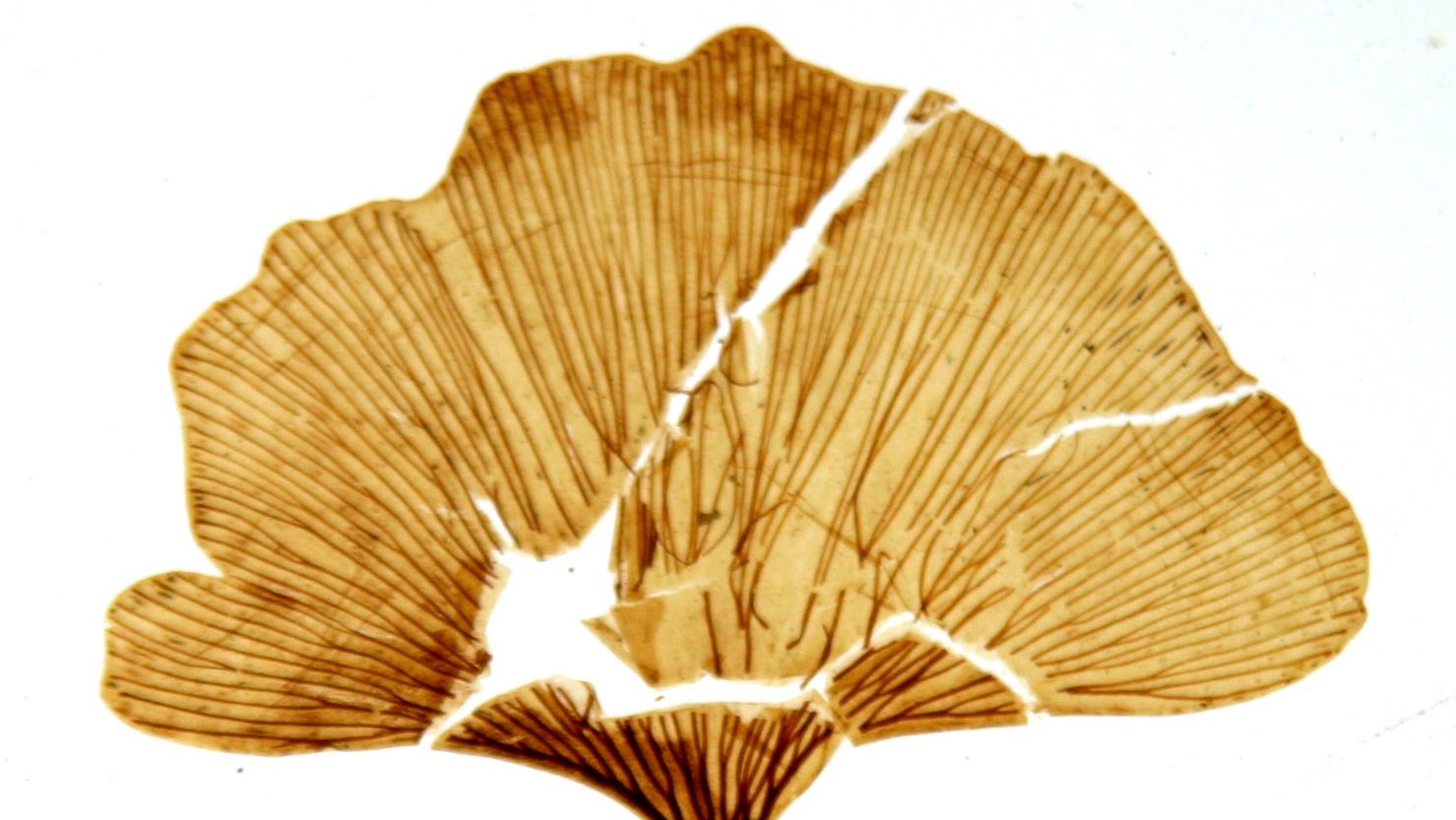How did life begin? (part 2)

Wikipedia
As a young student in Russia, Alexander Oparin learned about Darwin’s theory of evolution by natural selection. However, even though it was a convincing theory of how life on earth had evolved, it did not have anything to say about how it started.
Oparin decided to devote his scientific career to this important problem. In 1924 he published a short book (in Russian) with the straightforward title The Origin of Life. Inspired by Darwin, Oparin basically outlined a theory of chemical evolution.
First, Oparin observed that living organisms are mostly made up of some of the universe’s most abundant elements: carbon, hydrogen, oxygen, and nitrogen. Next, he suggested that the early Earth had a rather different environment than it has today. In particular, he assumed that the atmosphere consisted primarily of methane, ammonia, hydrogen, and water vapor. This was an entirely new idea at the time. Finally, he argued how these various elements could have undergone chemical reactions, driven by the higher dose of ultraviolet radiation that would have reached the Earth back then.
These chemical reactions could have formed new compounds, which in turn could form yet other and more complex compounds, and so on. Eventually this could give rise to some form of competition and selection among these various compounds, resulting in those molecular assemblies that were (re)produced the fastest or that were the most stable. Indeed, a process of true chemical evolution leading to the first life-like entities.
With Oparin’s book published in Russian, his theory initially remained unknown in the Western world. However, a remarkably similar theory was developed independently by the British scientist J. B. S. Haldane. Haldane published his own theory in 1929, in an essay also entitled The Origin of Life. Later, Haldane would give full credit to Oparin, who had devoted his life to tackling the origin of life problem, while for Haldane himself it was only one of his many research interests. Next to independently introducing a first real scientific theory for the origin of life, he also became one of the founders of the field of mathematical population genetics.
Oparin (left) and Haldane (right)
Eventually the combined theories of Oparin and Haldane became commonly known as the Oparin-Haldane hypothesis, or more affectionately as the “primordial soup theory.” But it took another several decades before some of these ideas could be tested experimentally.
In 1953, 23-year-old American graduate student Stanley Miller published an article in the prestigious journal Science, reporting on an experiment he had performed. Together with his supervisor, Nobel laureate Harold Urey, Miller had designed an apparatus to simulate what was believed to be an early-Earth ocean-atmosphere environment. Running steam through a mixture of methane, ammonia, and hydrogen, electrical sparks (simulating lightning) were used to induce chemical reactions. Letting his experiment run for about a week, Miller found several amino acids in the resulting mixture. Amino acids are the basic building blocks of proteins, essential molecules in living organisms.
Miller’s results had a big impact on the scientific community, as they were regarded as experimental evidence for the Oparin-Haldane hypothesis. Over the years, Miller continued working on his experiment, improving his apparatus and refining his methods. His results were also confirmed by other scientists who independently repeated his experiment. In 1983, fifty years after his original publication, Miller was awarded the Oparin medal by the International Society for the Study of the Origin of Life (ISSOL).
Stanley Miller
Miller’s experiments also brought up the question of what the conditions on early Earth had really been. Was Miller’s starting mixture correct, or even close? It is now quite well established that the earth formed around 4.6 billion years ago. By about 4 billion years ago, the start of a geological period called the Archean Eon, the Earth had cooled down enough for continents to have formed. The earliest evidence of life dates back to 3.5-3.7 billion years ago. Although much is already known, the exact conditions in the early Archean, especially in the oceans and atmosphere, are still an area of active research in the origin of life field. Interestingly, though, results similar to Miller’s original ones have also been obtained from different starting mixtures.
Enter Watson & Crick
In the same year that Miller published his results, researchers James Watson and Francis Crick published a short article in another prestigious journal, Nature. Watson and Crick suggested a particular structure for a molecule called deoxyribonucleic acid, or DNA. It had already been assumed that DNA molecules contain an organism’s genetic information that gets passed on from generation to generation. But the structure of this molecule was not yet known—or how it is able to store genetic information.
Reconstruction of the double helix model of DNA that Watson and Crick had built in 1953.
Watson and Crick suggested that DNA consists of two complementary strands of nucleotides, forming a double helix structure. Thus, nucleotides are the basic building blocks of DNA, just like amino acids are the basic building blocks of proteins. The suggested structure was critically based on an X-ray crystallographic image of DNA from their colleagues Rosalind Franklin and Maurice Wilkins. In 1962, Watson, Crick, and Wilkins received the Nobel prize for their discovery. (It is still being questioned why Franklin, who died in 1958, was not included in this recognition.)
With the structure of DNA now known, it didn’t take long for scientists to figure out how it encodes genetic information. As it turns out, DNA is translated into proteins by a complicated molecular machinery. In particular, the specific sequence of nucleotides in a gene (a piece of DNA) determines the specific sequence of amino acids in a protein. And the specific sequence of amino acids in a protein determines its chemical function. For example, one protein might become part of a muscle cell, while another protein might help you to digest your food, and so on.
Moreover, some proteins become part of the very same molecular machinery that is used for this DNA-to-protein translation. In other words, there is a circular dependency between DNA and proteins. They both need each other to form a living cell. Because of this, for several decades after the discoveries of Miller, Watson, and Crick, the origin of life question revolved around the chicken-and-egg problem of which came first, DNA or protein?
Eventually it became commonly accepted that the answer is probably “neither.” As it turns out, there is another important molecule involved in the DNA-protein translation machinery: ribonucleic acid, or RNA. Like DNA, RNA is made up of nucleotides. However, unlike DNA, RNA consists of just a single strand. This allows it to be chemically more active, compared to DNA.
Comparison of a single-stranded RNA molecule and a double-stranded DNA molecule with their corresponding nucleotides.
Due to its similar structure, RNA can also store genetic information, like DNA. And due to its chemically more active properties, RNA can also perform certain chemical functions, like proteins. It was therefore not unreasonable to suggest that perhaps RNA came first, before DNA and proteins, but performing the role of both. This suggestion became known as the RNA world hypothesis, a term coined in a one-page article by Nobel laureate Walter Gilbert in the journal Nature, published in 1986.
This RNA world hypothesis quickly came to dominate origin of life research. The race was on to find, or construct, a self-replicating RNA molecule—i.e., an RNA molecule that can make a copy of itself, nucleotide by nucleotide, all by itself. Although much interesting science has come out of this research program, more than 30 years later such a self-replicating RNA molecule has still not been found.
Other theories develop
Despite the dominance of the RNA world view, other hypotheses and theories were also developed over the years. Perhaps the most plausible is that of life starting in hydrothermal vents. A hydrothermal vent is a crack in the ocean floor, usually near the boundary of tectonic plates, where geothermally heated water rises into the surrounding cold water. This hot water is also rich in all kinds of chemicals derived from the rocks and geothermal activity in the crust below. This combination of a constant influx of energy and chemicals could very well have provided the right conditions for a process of chemical evolution toward the building blocks of life, such as nucleotides and amino acids.
In 2008, a review article by some of the theory’s earliest and most prominent researchers was published in one of the Nature journals. More recently, an alternative theory of life originating in hydrothermal rock pools at the surface of the earth was proposed. In this scenario, wet-dry cycles (such as tidal or rain-evaporation cycles) provide an important driving force for the formation of molecules such as RNA and proteins.
Another active area of research focuses on membranes. All life on Earth consists of cells, which have a clearly defined boundary in the form of a membrane. The basic building blocks of these membranes are lipids, such as fatty acids. As it turns out, under appropriate conditions lipids spontaneously aggregate into layers that close in on themselves, forming compartments. Furthermore, these lipid compartments can grow and even divide spontaneously. This has led to the idea of a lipid world as the start of (cellular) life.
Both the RNA world and the lipid world ideas focus primarily on one type of molecule. However, prebiotic chemistry was “messy,” involving all kinds of molecules.
(This is Part 2 of a three-part series on on the history of research on the origin of life. See Part 1 here, and Part 3 here.)
Wim Hordijk (@WanderingWim) describes himself as “a computer scientist by training, an evolutionist by historical accident, an academic against better judgment, and a professional wanderer by choice.” He is most interested in the interface of computation and biology, especially focusing on emergence, evolution, and origin of life.
The post How Did Life Begin? (Part 2) appeared first on ORBITER.





